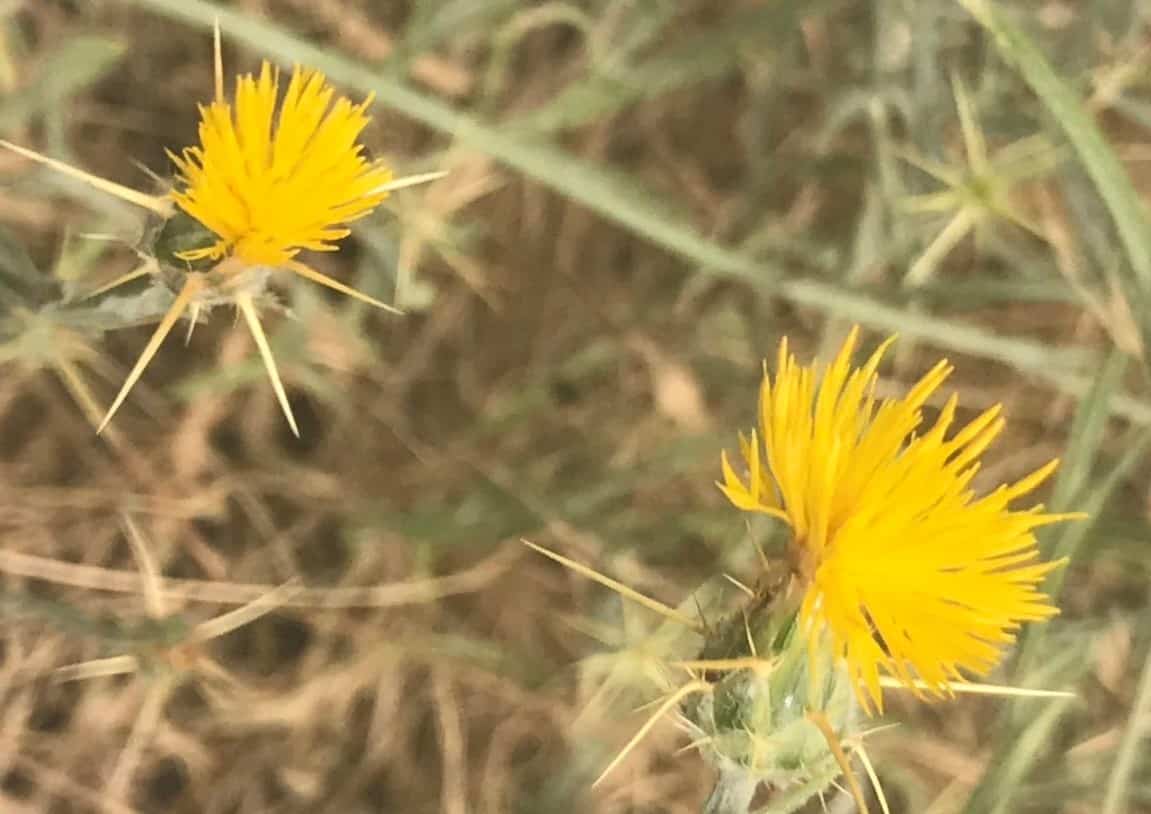Yellow star thistle (Centaurea solstitialis) was extremely prolific in some areas of California this year. Many commercial beekeepers commented on it. One said that he hadn't seen this much star thistle in over 20 years. Personally, I saw huge fields of it all over the Sacramento Valley, from Redding down to Davis. Further south, I didn't see nearly as much as it is considered a noxious weed and invasive species, and the eradication programs may be working well in the southern regions. Yellow star thistle originates from the Mediterranean. The similar climate of the Central Valley makes it ideal for it to grow. According…
Galleries
The NEW Bee and Pollinator Research Lab Breaks Ground at the University of Minnesota!
On August 2 and 3, 2015, we had an amazing series of groundbreaking festivities to celebrate the construction of the new Bee and Pollinator Research Lab, that will be built on the St. Paul campus of the University of Minnesota beginning this fall. Beekeepers and friends from across the nation came to celebrate with us, and U.S. Representative Betty McCollum, Minnesota Representative Alice Hausman, President Eric and Karen Kaler, Jack and Betty Thomas from Mann Lake, Ltd, and Lori K. Watso, Secretary/Treasurer of the Shakopee Mdewakanton Sioux Community were but a few of our fun guests. This 10,500 square foot facility will be built…
Know your honey bee colonies: non-destructive testing for varroa mites
Varroa mites (Varroa destructor) were accidentally introduced into the U.S. in 1987 and rapidly became a destructive pest of honeybees. Not only do varroa mites suck the blood (haemolymph) of the bees, they transmit disease through this feeding and generally weaken colonies (Rosenkranz et al. 2010). Low infestations of varroa mites left without mitigation can develop into a serious problem for a hive. It is recommended you test your honey bees for varroa mites periodically throughout the season. Here in Minnesota, we test for varroa in spring (May), in late August or early September, and then after treatment has been on for the recommended time,…
